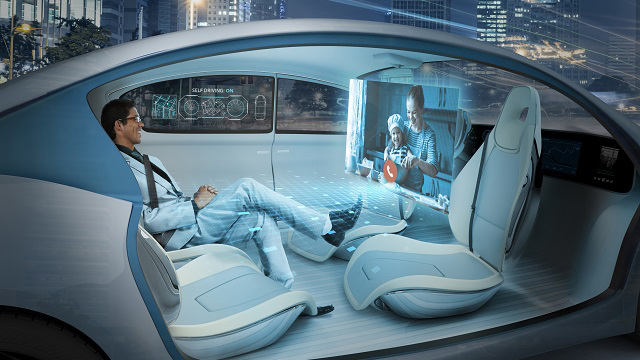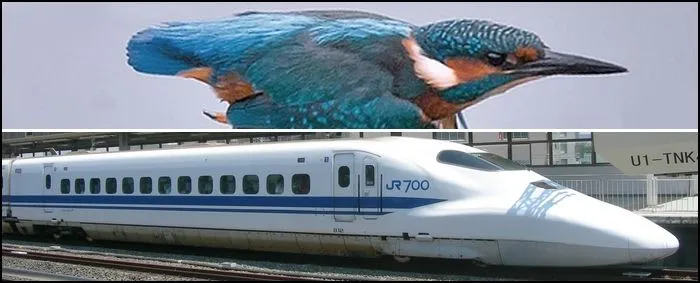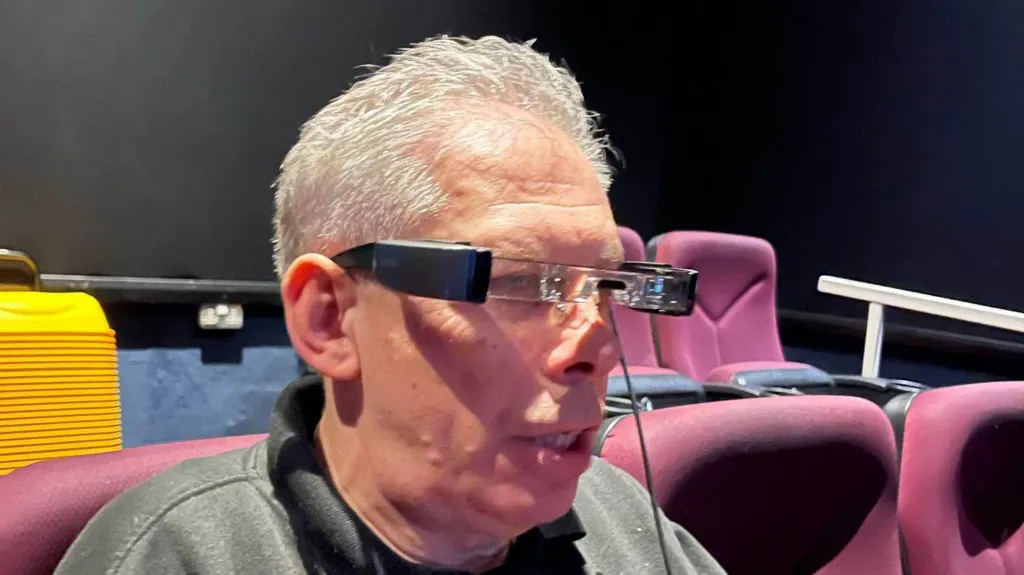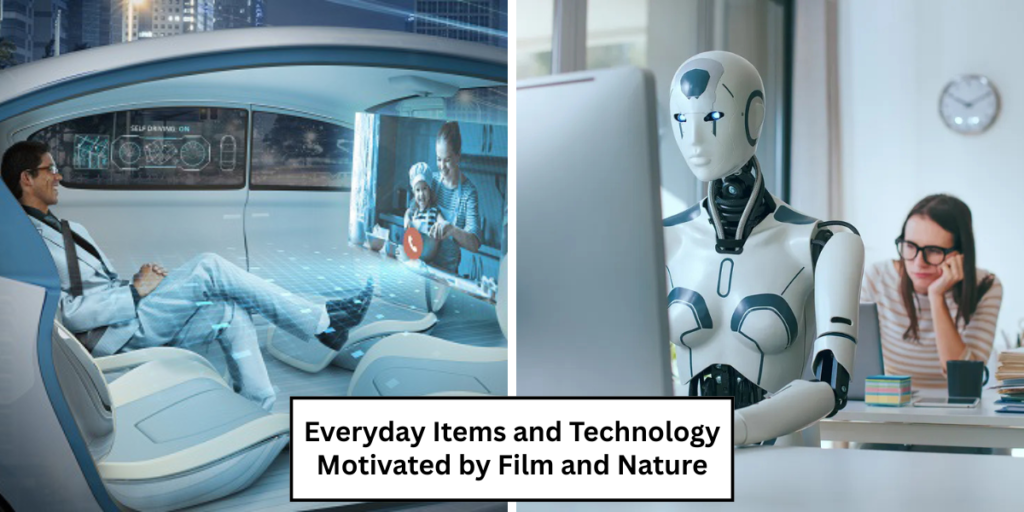Many of the gadgets and tools we use daily are inspired by science fiction films and the natural world. What once existed only in movies or in the wild has now become part of our everyday reality. From smartphones modeled after futuristic communicators to materials mimicking nature’s genius, innovation often follows imagination. Filmmakers and nature both offer blueprints for solving real-world problems. This article explores everyday items and technology motivated by film and nature and how imagination drives innovation.
Smartphones Inspired by Sci-Fi Movies

Sci-fi classics like Star Trek introduced the concept of handheld communicators decades ago. The basis for modern smartphones was established by these innovative devices. Features like touchscreens, voice assistants, and facial recognition once seemed like fiction. Filmmakers envisioned technology that would later become reality. Our pocket-sized devices today reflect everyday items and technology motivated by film and nature, proving how imagination shapes innovation.
Drones Influenced by Birds and Insects

Nature’s flying creatures have long inspired drone design. Engineers studied birds’ flight patterns and insects’ agility to perfect drone navigation. These bio-inspired machines are now used in photography, surveillance, and even delivery. Their lightweight structure and stability mimic the natural world. Without nature’s blueprint, drones wouldn’t be as advanced.
Self-Driving Cars Rooted in Futuristic Films

Movies like Minority Report and I, Robot imagined autonomous vehicles long before they existed. Today, self-driving cars use AI and sensors to navigate roads, just like their fictional counterparts. Our perspective on transportation is evolving as a result of these cars. Film fueled public interest and investor confidence in this technology. The result: smarter, safer travel.
Virtual Assistants Modeled After Movie AI

AI characters like JARVIS from Iron Man or HAL from 2001: A Space Odyssey inspired today’s virtual assistants. Tools like Siri, Alexa, and Google Assistant echo those fictional personalities. They understand commands, answer questions, and control smart homes. While not as advanced as movie AI, they’re a step in that direction. Pop culture helped make AI personal and accessible.
Bullet Trains Shaped by Kingfishers

Japan’s Shinkansen trains faced issues with noise and air resistance. Engineers turned to the kingfisher bird for answers. Its beak’s shape helped reduce sonic booms when trains exited tunnels. This design breakthrough made high-speed trains quieter and more efficient. A bird’s natural evolution solved a modern problem.
Smart Glasses Foreseen in Action Films

Spy and superhero films featured glasses with real-time data displays. That vision sparked the creation of smart eyewear like Google Glass and Meta’s Ray-Ban Stories. These glasses combine tech and fashion for hands-free digital interaction. From video calls to navigation, they bring movie magic to real life. Innovation followed imagination.
Sticky Materials Inspired by Gecko Feet

Geckos can walk on walls due to microscopic hairs on their feet. Scientists replicated this adhesion to create advanced tapes and climbing gear. These materials stick firmly without glue and can be reused. They’re used in robotics, medical tools, and even NASA equipment. Nature’s grip led to human innovation.
Holograms Predicted by Sci-Fi Worlds

Holographic messages in Star Wars seemed fantastical decades ago. Now, holograms are used in concerts, meetings, and art displays. They create 3D visuals that float in space, no screens needed. Films gave us the concept; technology brought it to life. The line between fiction and reality is thinner than ever.
Solar Panels Modeled After Sunflowers

Sunflowers maximize their energy intake by tilting naturally toward the sun. Engineers adopted this trait to design solar panels that move with sunlight. This improves energy efficiency throughout the day. Nature’s strategy directly enhanced clean energy tech. Plants became teachers of sustainability.
From the silver screens of sci-fi films to the silent brilliance of nature, inspiration surrounds us. The technologies we now take for granted often have roots in imagination or biology. As innovation continues to evolve, film and nature will remain powerful guides. They remind us that creativity and observation can shape the future. In every invention, there’s a story worth discovering.


